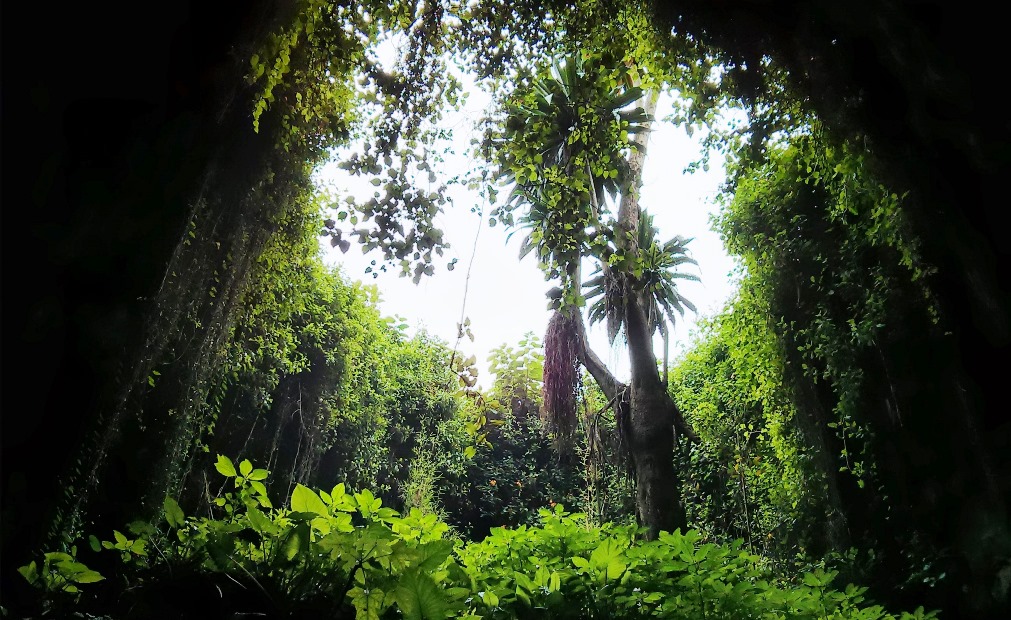The Musanze Caves of Rwanda were formed by the geologic activity of the Virunga volcanoes. The cave complex is 1.25 miles long, and they’re located outside the town of Musanze, which is a 90 minutes drive from the capital city of Kigali.
The caves harbor many bat species and the lush greenery around the entrance makes for a spectacular photo shoot. But in the mid-90s, they also harbored refugees from a nightmare.
While today, the caves have been repurposed as a tourist attraction and are helping to revitalize the local economy, locals will always remember them as the place where thousands of Tutsi residents hid from their rampaging Hutu neighbors.
The Rwandan genocide was a mass slaughter of Tutsi people instigated by the Hutu majority government, with encouragement from France. Between 500,000 to 1,000,000 Rwandans were murdered during a 100-day period in 1994 from April 7 through mid-July. That comprised about 70% of the Tutsi population. About 30% of the Pygmy Batwa people were also slaughtered. After Paul Kagame‘s heavily armed Tutsis of the Rwandan Patriotic Front (RPF) took control of the country, an estimated two million Rwandans—mostly Hutus—became refugees.
Out of respect for these painful memories, access the the caves is limited to guided visits, with the guides being 100% local residents. The cave tour makes an excellent addition the ever-popular nearby mountain gorilla tours, plus: the Buhanga Eco park; the Karisismbi volcano climb; treks to Dian Fossey’s grave; golden monkey and chimpanzee spotting; as well as the twin lakes of Burera and Ruhondo.
How were the caves transformed from pain to gain? In 2013, the Rwanda Development Board, the agency responsible for attracting investments to the country, and the nation’s military unveiled a restored version of the caves, introducing tourist walkways, trails and stairs to the dark interior, coupled with paved floors. Open to tourists ever since, the caves — once believed to have been home to a king — have seen a steady growth in footfall over the past five years.
The estimated 500 tourists who visited the caves in 2017 are nothing compared to the numbers enjoyed by other global destinations. But for a country that for years conjured images of fleeing refugees, the caves represent an important investment in an aspirational future where Rwanda can become a welcoming host.
Already, the steady increase in tourism to the caves is boosting the economy of the Musanze district, spawning a rise in the number of hotels being constructed in the area and opening up opportunities for local craft shops to sell their wares.
Photo of the Musanze Caves courtesy of Prime Safaris.

